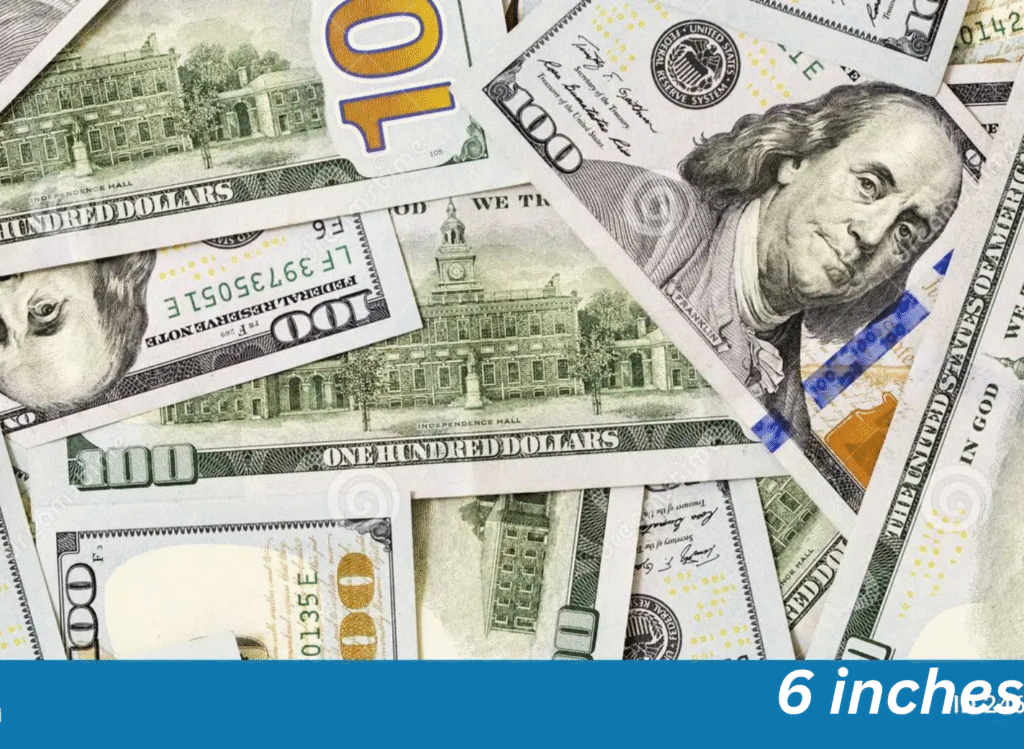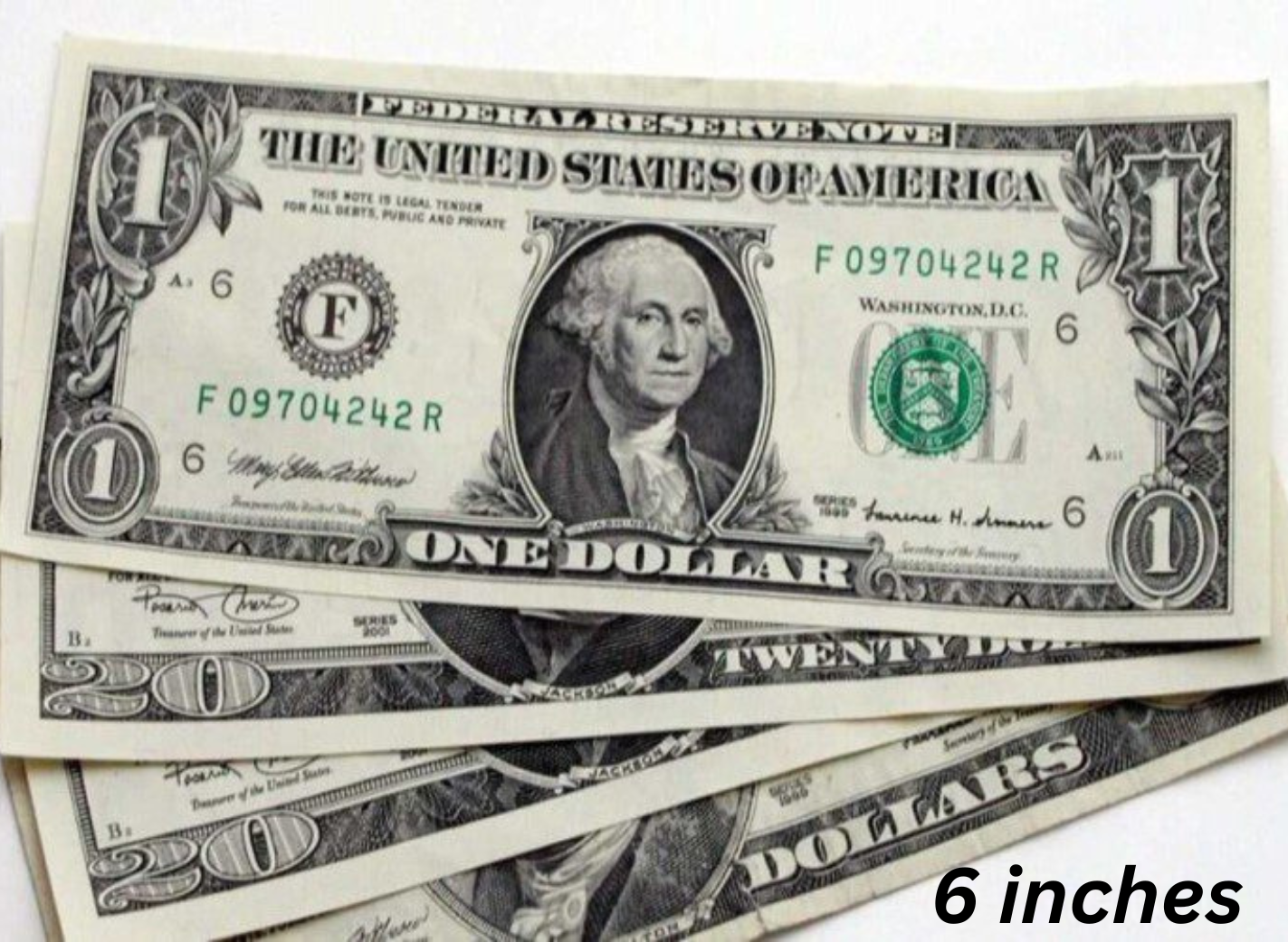When most people hear “6 inches,” they might not give it a second thought. It’s such a small, ordinary measurement that it tends to blend into the background of daily life. However, 6 inches carries much more significance than you might realize. This simple length appears across numerous industries, activities, and cultural references, making it both practically useful and symbolically powerful.
From construction sites to kitchen counters, from fashion runways to scientific laboratories, 6 inches is a critical measure that requires attention and precision. Without an accurate sense of how much space 6 inches covers, tasks both big and small could quickly go awry. In this guide, we’ll dive deep into the true meaning of 6 inches, its diverse applications, and its surprising role in culture and everyday life. Whether you’re working on a DIY project, shopping for a new gadget, or just curious about measurements, understanding 6 inches will give you a sharper perspective on the world around you.
Understanding the Measurement of 6 Inches
An inch is a unit of length used mainly in the United States, United Kingdom, and Canada. Six inches, therefore, is half a foot, as there are 12 inches in one foot. But in a globalized world, it’s useful to understand conversions: 6 inches equals approximately 15.24 centimeters, 152.4 millimeters, or 0.5 feet. Knowing these equivalents is essential, especially when dealing with international products or collaborating on projects across different measurement systems.
Visualizing 6 inches can sometimes be tricky without a ruler. Everyday objects that approximate 6 inches in length include a dollar bill, a standard pencil, or a smartphone. By associating 6 inches with familiar items, you can develop a mental reference point that improves your estimation skills. This can come in handy when you’re hanging a picture, wrapping a gift, or even preparing ingredients for a recipe.
Understanding this small but mighty length not only makes tasks more efficient but also trains your eye for better accuracy. In a world increasingly reliant on precision, having an innate sense of measurements like 6 inches sets a strong foundation for personal and professional success.
Practical Applications of 6 Inches in Daily Life

In home improvement and DIY projects, precision is key, and 6 inches often plays a starring role. Whether you’re spacing out screws, trimming wood, or laying tiles, an error of just a few inches can ruin the final result. Many guides and templates use 6-inch measurements to help DIYers create even, symmetrical designs. Even something as simple as the space between shelves or the depth of a plant hole in a garden can benefit from an accurate 6-inch guide.
Fashion and tailoring also rely heavily on 6-inch measurements. Hemlines, sleeve lengths, and waistline adjustments are frequently tweaked by increments as small as 6 inches. A poorly measured garment can fit awkwardly and look unprofessional, highlighting the importance of precise measuring in the fashion industry. Designers often use 6 inches as a standard adjustment to ensure a piece maintains its intended silhouette and comfort.
Cooking and baking are perhaps less obvious but equally critical fields where 6 inches matters. Many kitchen tools, from cake pans to knife blades, are manufactured at around 6 inches in size. Recipes often call for cutting ingredients into specific lengths, and a deviation from the recommended size can affect cooking time and final presentation. Even spacing dough or piping decorations evenly across a cake benefits from an intuitive sense of 6 inches.
6 Inches in Technology Industry and Science
In the worlds of technology and industrial manufacturing, 6 inches can represent both very small and incredibly vital measurements. Engineers might work on machine parts where even a half-inch discrepancy can cause failure. Components like screws, brackets, and beams often have 6-inch specifications that need exact compliance. In architecture and construction, blueprints frequently detail structures that depend on 6-inch measurements for strength and safety.
Space exploration and scientific research also value precision, often down to fractions of an inch. For example, scientific instruments aboard satellites or space rovers must be meticulously engineered, where a miscalculation of just 6 inches could compromise an entire mission. Even laboratory experiments sometimes involve precise spatial setups using 6-inch measurements for equipment placement to ensure accurate results.
In consumer technology, the 6-inch range has become particularly important. Smartphones and tablet screens often fall around the 6-inch mark, offering a balance between portability and usability. Understanding this sweet spot in product design reveals why so many devices seem to share a similar size—6 inches simply fits comfortably in the hand while providing ample viewing space.
Symbolism Culture and Mythology Around 6 Inches
Beyond its practical uses, the concept of 6 inches has found a firm foothold in popular culture, symbolism, and myth. In music, Beyoncé’s song “6 Inch” celebrates power, independence, and success, using the measurement as a metaphor for towering heels and elevated status. Literature and poetry have also used 6 inches to symbolize short but significant distances—an emotional journey, a missed opportunity, or a close call.
Common myths about 6 inches often stem from misunderstandings in perception. For example, when estimating the size of a room or an object, people frequently misjudge distances by 6 inches or more, highlighting how challenging it can be to gauge space accurately without a physical reference. This underlines why construction, design, and even sports rely so heavily on precision.
Psychologically, 6 inches can represent a manageable, tangible distance—enough to make a noticeable impact without feeling overwhelming. In social contexts, this symbolism can be seen in phrases like “six inches of separation” to suggest emotional or physical proximity. Understanding these deeper meanings adds another layer of appreciation for this seemingly simple measurement.
Conclusion
From home projects to high-tech innovations, 6 inches proves to be a measurement of immense importance. It may seem minor, but its presence in daily life, professional fields. and cultural narratives is undeniable. Appreciating the power and utility of 6 inches sharpens your eye for detail, improves your practical skills, and even enriches your understanding of symbolism in the world around you.
By taking a moment to really understand this small unit of measurement, you’re not just learning numbers—you’re embracing accuracy, creativity, and a greater awareness of how the little things often have the biggest impact. So the next time you hear “6 inches,” you’ll know there’s a whole world packed into that half a foot.
FAQs
How long exactly is 6 inches compared to a human hand?
A human adult hand is typically about 7–8 inches from the base of the palm to the tip of the middle finger, so 6 inches would be just slightly smaller than a full hand length.
What are common household items that are about 6 inches in size?
Items like a smartphone, a kitchen knife blade, a dollar bill, or a standard pencil are all roughly 6 inches long.
How do I accurately measure 6 inches without a ruler?
You can use common objects as references, like a dollar bill (6.14 inches long) or the width of a standard sheet of paper (8.5 inches, estimating a little less).
Why is precision important when dealing with small measurements like 6 inches?
Small inaccuracies can add up in construction, design, cooking, and science, leading to failed projects, safety hazards, or poor results.
Are there industries where a 6-inch error could have serious consequences?
Absolutely. Industries like construction, aerospace, and medical device manufacturing rely on tight tolerances where even a 6-inch error could be disastrous.
You May Also Read: https://techbusinessus.com/derek-rosa/





